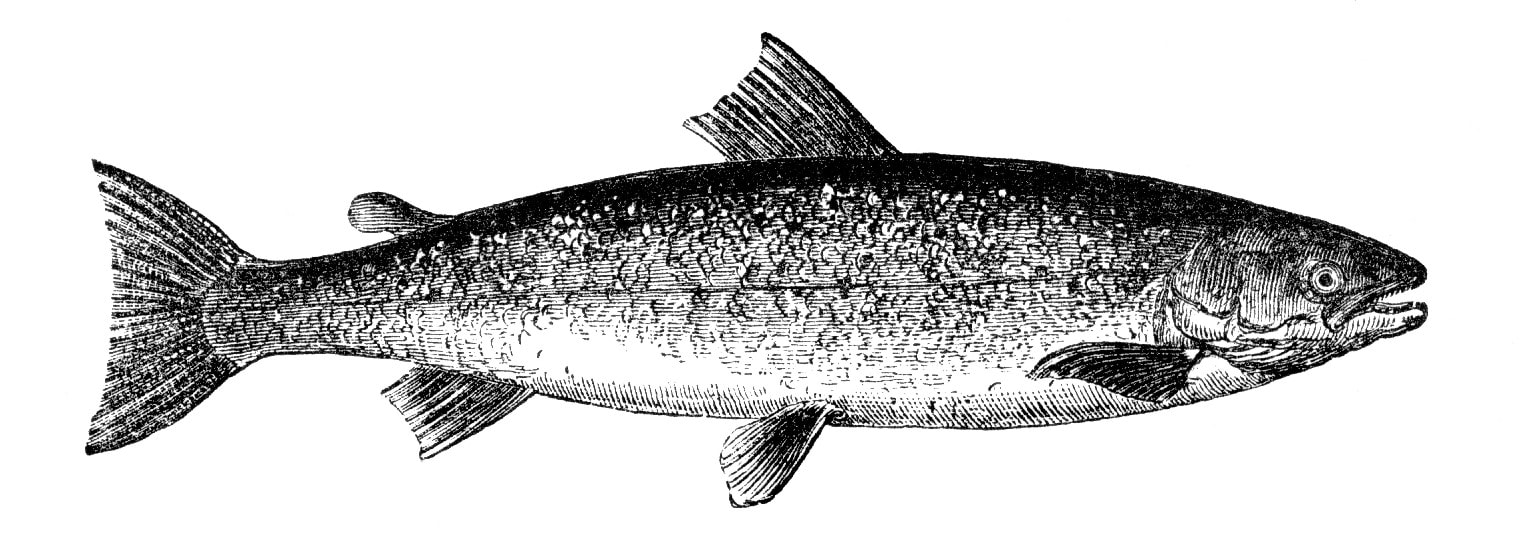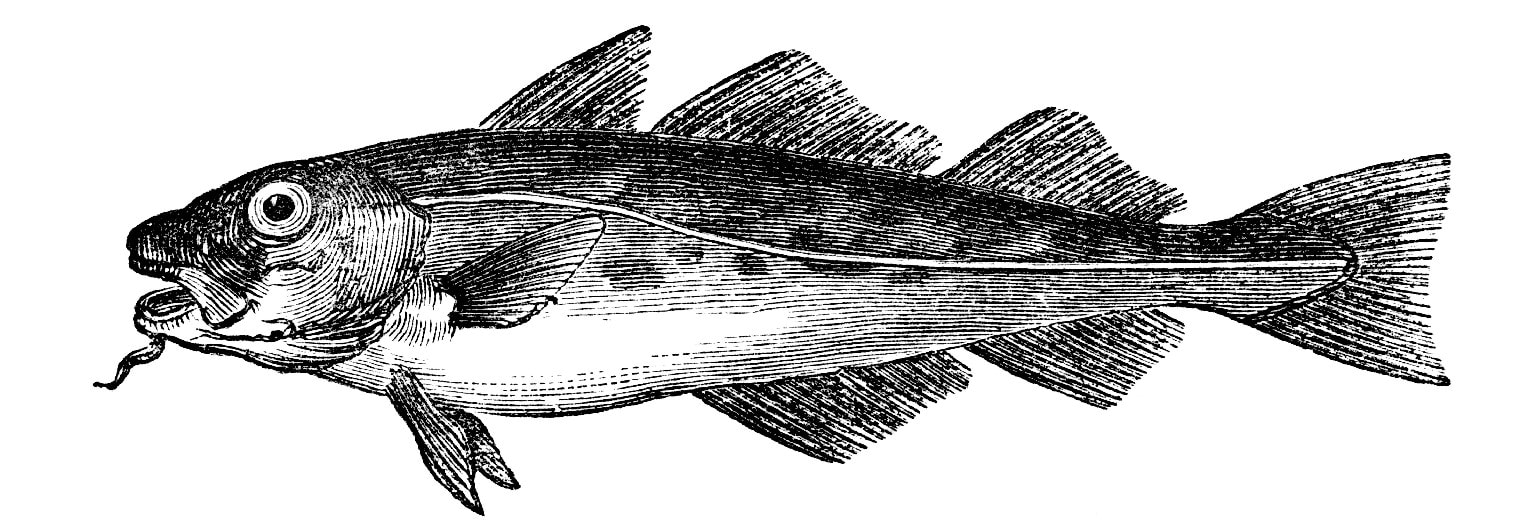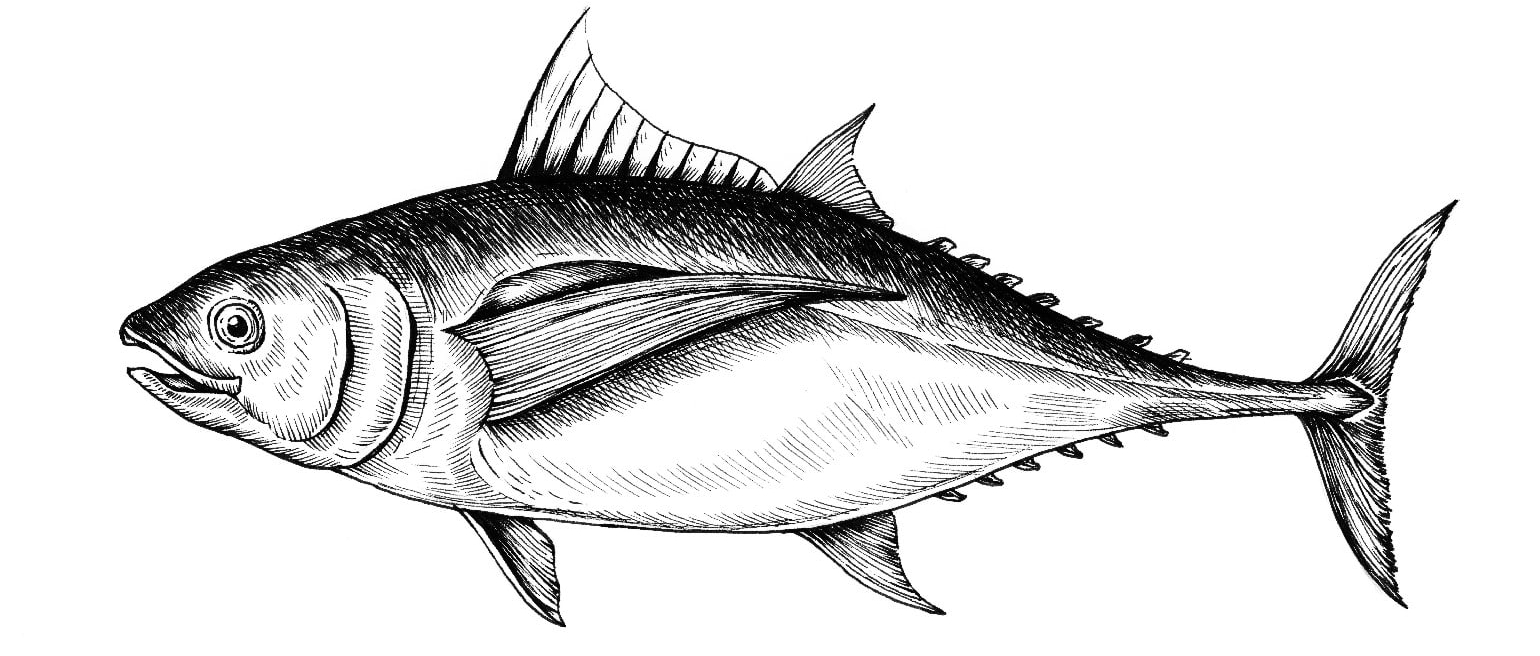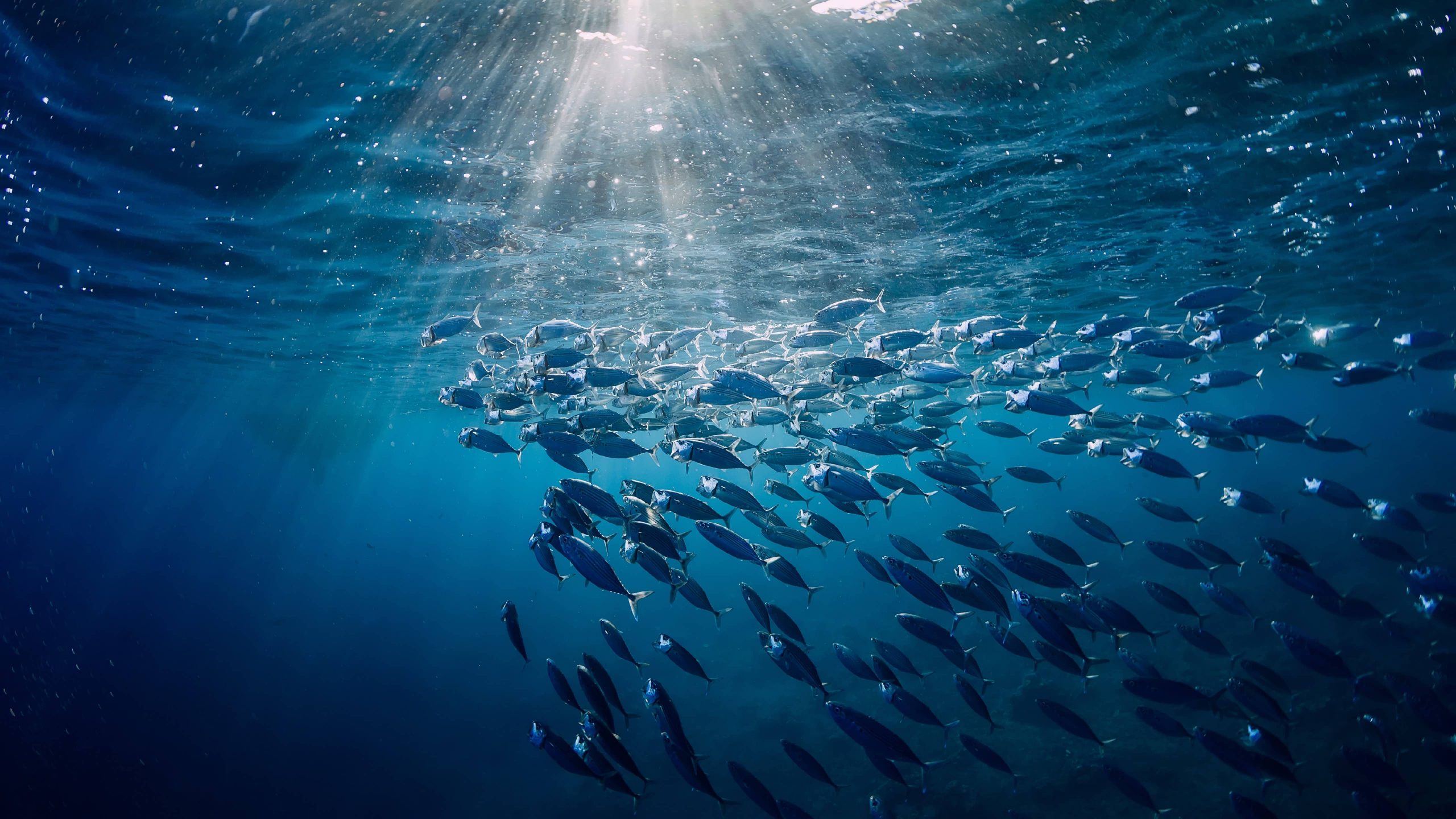Threatened fish species: What’s the catch?
At the moment, from the 105,732 species assessed, there are more than 28,000 threatened species at a global scale, according to the International Union for Conservation of Nature (IUCN) and its Red List of threatened species. Of these, almost 8,000 are animals, and more than half of all animals are fish, molluscs, crustaceans and other aquatic animals.
These species face their survival being threatened mainly by human activities such as unsustainable fishing – be it illegal, unreported or overfishing –, pollution and habitat destruction, which is also frequently associated with destructive fishing methods. Can you imagine a world without animals or plants?
Endangered fish species
We have selected five threatened species which are regularly consumed, with conservation status as “Vulnerable”, “Endangered” or “Critically Endangered” as listed in IUCN’s Red List.-
Atlantic Salmon (Salmo salar)
While this is not a threatened fish species all over the globe, in the past this species has been severely threatened. Aquaculture alternatives have contributed to the conservation of this species. Whenever possible, opt for farmed Atlantic Salmon, farmed Rainbow Trout (Oncorhynchus mykiss) or farmed Arctic Char (Salvelinus alpinus). These last two fish species are related to salmon.

Atlantic Salmon
-
Atlantic Cod (Gadus morhua)
This species conservation status is classified as “Vulnerable” and some stocks, as Baltic Cod, are doing very badly. When shopping, ask for Iceland or Northeast Arctic Cod, since these stocks are currently at sustainable levels.

Atlantic Cod
-
Tuna (Thunnus orientalis, Thunnus thynnus and Thunnus maccoyii)
These tuna species are “Vulnerable”, “Endangered” or “Critically Endangered” species. A better option is the Blackfin Tuna, or Thunnus atlanticus that has been an endangered species once but has thrived due to international conservation efforts. As other non-threatened alternatives look for Skipjack Tuna (Katsuwonus pelamis) and Yellowfin Tuna (Thunnus albacares).

Tuna
-
Sturgeon (Acipenser sp.)
The sturgeon is the fish that gives us the famous caviar. Unfortunately, almost all sturgeons are “Critically Endangered” species. When shopping, opt for farmed species, as Siberian Sturgeon (Acipenser baerii), or other non-threatened options as White Sturgeon (Acipenser transmontanus) or Gulf Sturgeon (Acipenser oxyrinchus).

Sturgeon
-
European eel (Anguilla anguilla)
The European Eel, very appreciated in Mediterranean culture, became a “Critically Endangered” species because it does not reproduce in captivity and it is highly consumed. Even when farmed, it is produced in capture-based aquaculture in which eggs and/or juveniles are captured from wild populations. Swap it for a “Least Concern” species, as Marbled Eel (Anguilla marmorata).

European eel
What are fishing quotas and what happens when they’re maxed out?
The vast majority of commercial fisheries are subject to catch limits. These limits guarantee that enough fish is left in the sea in order to allow their reproduction, as well as the survival of other species that depend on them – by predating, for example.
When you hear that “fishing quotas are maxed out” for a specific fish species, it doesn’t mean that it is a threatened fish species, yet. It means that this catch limit has been reached and must be respected by the industry in order to allow for stocks to recover in their own timing whilst ensuring people can eat it in the future.
A more sustainable consumption is needed
There are some choices each of us can do to make sure that our fish consumption practices do not add pressure to marine ecosystems. Let’s take a look at some of the recommendations from the World Wide Fund for Nature (WWF):
- Less is more. Buy only the quantity of fish you need. You are contributing to avoid fish waste.
- Avoid baby fish. A fish under a certain size is not an adult yet, and it still hasn’t had time to reproduce. Make sure you are buying adult fish.
- Be bold and refresh your palate. Diversity in seafood consumption ensures a more balanced pressure on marine resources. Biodiversity makes ecosystems stronger. Diversifying your consumption can help the oceans.
- Choose certified. Whenever available in the market, buy sustainably-certified fish, to ensure that proper measures and guidelines are being followed to respect and protect species and their habitats.
Fishing for Sustainability
Since 2015, the Jerónimo Martins Group has been monitoring all fish species sold in its supermarkets in its Private Brands and Perishables in the light of the IUCN Red List.
As a result, sales of the European Eel (Anguilla anguilla), the only species identified as “Critically Endangered” – and even though they were from aquaculture – were banned in all of its locations. Furthermore, the Group opts for not only sustainably managed stocks, especially concerning vulnerable or endangered species, but also for aquaculture alternatives.
